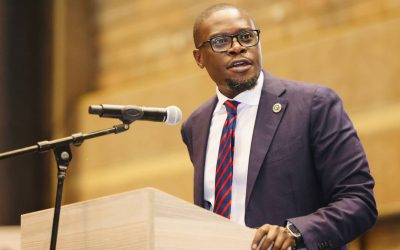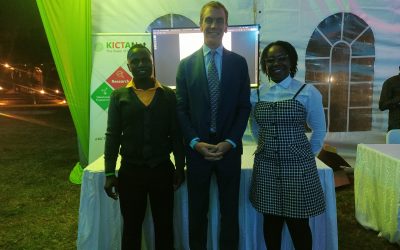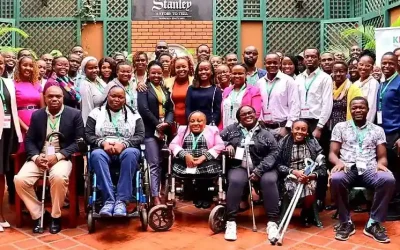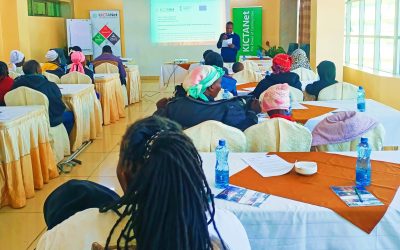Digital Accessibility for Persons with Disabilities – ICT Access and Equality
This is KICTANet’s work on Digital Accessibility for Persons with Disabilities. We are working directly with Persons with Disabilities towards influencing their access to ICTs as well as their lived experiences and their input towards ICT policy.
Some outputs form the program
Program Partners

Digital Accessibility
Since 2022, this Digital Accessibility program addresses all accessibility issues for Persons With Disabilities, the aged, and anyone affected by Accessibility challenges.

Barriers Hindering PWDs’ Digital Access in Community Networks
Interestingly, most barriers to digital inclusion and accessibility for persons with disabilities (PWDs) are external; they do not typically arise from the individuals themselves, but rather from the environment surrounding them.
Critical Infrastructure Under Siege – Nairobi’s Governance Failure
Nairobi’s infrastructure crisis: A clash between city officials and Kenya Power exposed governance failures, digital disruption, and the urgent need for legal accountability and systemic reform to protect critical infrastructure.
![]()
UK Government, KICTANet Empowers Mandera with 150 Computers for Digital Inclusion
Mandera County receives a boost in digital access and literacy, empowering youth, women, PWDs, and senior citizens.
![]()
Reflections on the International Day of Persons with Disabilities
The International Day of Persons with Disabilities (IDPD) in Nairobi was a powerful gathering, celebrating progress and renewing commitments to inclusion. Leaders, advocates, stakeholders, and persons with disabilities discussed how innovation, policy, and technology...
KICTANet Champions Digital Inclusion for Persons with Disabilities
KICTANet is leading the charge in promoting digital accessibility and empowering persons with disabilities in Kenya. Learn about our initiatives and impact.
![]()
Bridging the Digital Divide: Empowering Women with Disabilities in Rural Kenya
Women with disabilities in rural regions face more unique cyber challenges than are described in books and journals. The mention that access to digital devices by persons with disabilities is not a priority is an overstatement. It is far away from a secondary need. This, coupled with the intersection of gender, social stereotypes, poverty and illiteracy, throws off the need for internet connection from their priority needs.
![]()
![]()






